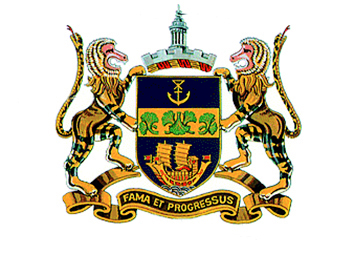
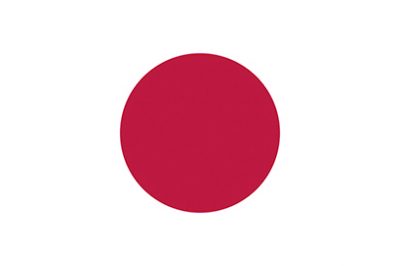 Osaka is a major port on the eastern part of the Inland Sea of Japan, with the total of imports and exports running at eighty five million tonnes per annum. The Port of Kobe is only twenty kilometres west of the Port of Osaka, with the population of the metropolitan area of Osaka and Kobe at 21.6 million people. Osaka is in the centre of the Kinki plain, built on the delta of shallow Osaka Bay. The western shore of this almost enclosed eastern arm of the Inland Sea is formed by Awaji Island, and the northern and eastern shores are part of the Kansai metropolitan area. The Akashi Kaikyo suspension bridge links the north end of Awaji Island to Akashi on the mainland. A number of artificial islands have been reclaimed from the sea in Osaka Bay during the past decades, including Port Island, Rokko Island, and another island for Kansai International Airport, which together with Kobe Airport. Three hundred container ship routes emanate out of the Inland Sea of Japan with 2.2 million TEU of containers handled per annum at the Port of Osaka. This busy area of Osaka and Kobe is the second most important industrial area of Japan, after Tokyo and Yokohama.
Osaka is a major port on the eastern part of the Inland Sea of Japan, with the total of imports and exports running at eighty five million tonnes per annum. The Port of Kobe is only twenty kilometres west of the Port of Osaka, with the population of the metropolitan area of Osaka and Kobe at 21.6 million people. Osaka is in the centre of the Kinki plain, built on the delta of shallow Osaka Bay. The western shore of this almost enclosed eastern arm of the Inland Sea is formed by Awaji Island, and the northern and eastern shores are part of the Kansai metropolitan area. The Akashi Kaikyo suspension bridge links the north end of Awaji Island to Akashi on the mainland. A number of artificial islands have been reclaimed from the sea in Osaka Bay during the past decades, including Port Island, Rokko Island, and another island for Kansai International Airport, which together with Kobe Airport. Three hundred container ship routes emanate out of the Inland Sea of Japan with 2.2 million TEU of containers handled per annum at the Port of Osaka. This busy area of Osaka and Kobe is the second most important industrial area of Japan, after Tokyo and Yokohama.
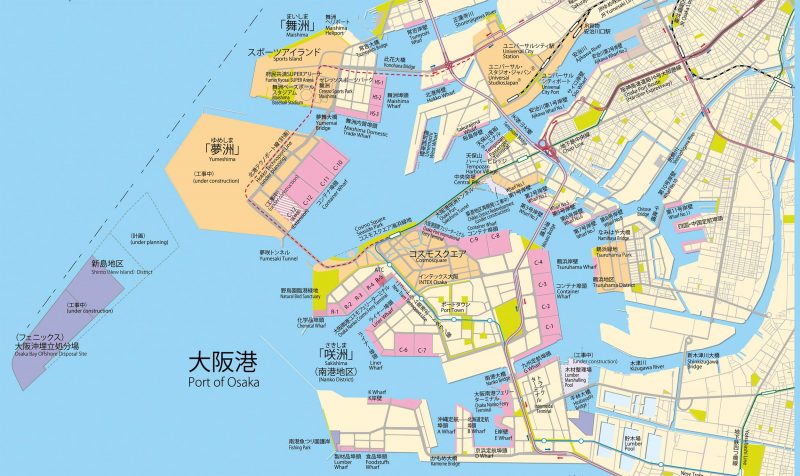
History of Osaka
Japan, originally called Nihon, was created by volcanic upheavals, with 10% of the active volcanoes in the world in this country and 1,500 volcanic eruptions each year with the added threat of tsunamis for offshore eruptions. The flat topped active volcanic cone of Mount Fuji is 3,776 metres in height and last erupted in 1707, with no one able to predict the next eruption. One of Japan’s greatest painters, Katsushika Hokusai (1760-1849) painted Fujiyama from every conceivable angle, it lies to the east of Osaka and one hundred kilometres southwest of Tokyo. Nature is revered by Shintoism, with the active spirit world of the wind, waterfalls, the sun and other natural phenomena, and also in Zen Buddhist meditation and gardens with Bonsai trees, cherry blossom trees and harmony with nature. Shinto means ‘The Way of the Gods’ and existed in ancient times as a folk tradition centred around regional spirit cults. The Meiji Government, which came to power in 1868, brought Shinto under the sponsorship of the modernising State, not only using it in State rituals concerning the Emperor, but also bringing every temple in the country under the spiritual authority of the Japanese Emperor.
Human habitation of the Osaka area first began in the ancient Jomon period from 14,000 BC to 500 BC, but it was one thousand years later in 500 AD that Osaka began to flourish as the political and economic centre of Japan. Naniwazu Port, the predecessor to the modern port of Osaka, became a gateway into ancient Japan for visitors from China, Korea and South East Asian countries. These visitors brought skills in ceramics, forging, and all manner of mathematics, sciences and engineering. The new religion of Zen Buddhism then began to spread across the whole country.
Prince Shotoku constructed the Shitennoji Temple in Osaka in 593 A.D., and the city became a base for international exchange with the Asian continent. In 645 A.D., the Emperor Kotoku moved the capital from Asuka (Nara) to Osaka. He built the Naniwanomiya Palace, which is considered to be the oldest palace in Japan. The National Government later moved to Kyoto, then Nara, then back to Kyoto, but Osaka continued to act as a sub-capital, and to play a crucial role as a major gateway for foreign culture and trade.
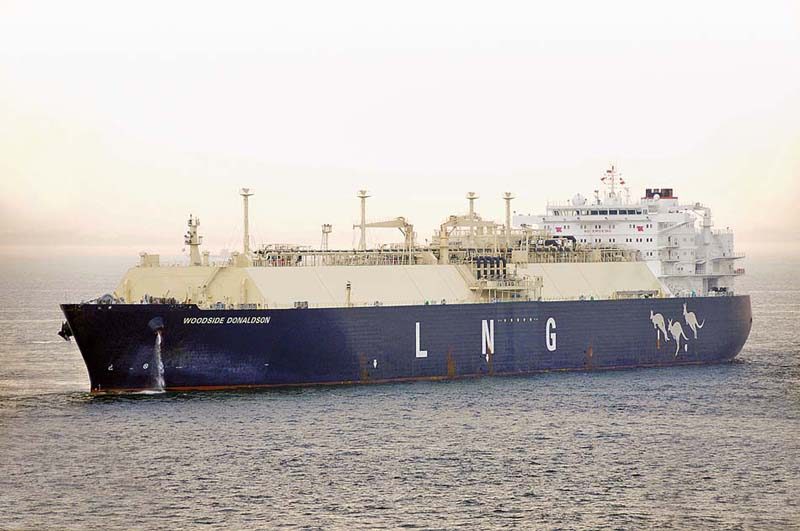
In 794 A.D., the capital of Japan was moved to Kyoto and the Heian Period that followed saw the construction of numerous temples around the Osaka and Kyoto areas. The nation entered the Kamakura Period in the late 1100s, powerful warlords gained control over the land, and the capital was moved to Kamakura. After two centuries of civil war, Osaka had been devastated by turmoil, but in 1496, a high ranking priest called Rennyo, began to construct the Ishiyama Gobo, a temple with quarters for monks on the Uemachi Daichi Heights of Osaka. The area around the temple began to be called Osaka, and it became an impregnable fort to defend against warlord attacks.
During the late Muromachi Period (1336-1573), Nobunaga Oda, a powerful warlord began to control Osaka from the Uemachi Daichi Heights, and because it had its own water supply from the Yamatogawa and Yodogawa rivers, it began to control the rest of Japan. However, the temple was destroyed after a decade of conflict, and control was transferred to Nobunaga Oda and then to his successor, Hideyoshi Toyotomi, who built Osaka Castle in 1583 during the Azuchi and Momoyama Periods (1574-1600). Rivers were excavated to expand the capabilities of Osaka as a base for a port. Osaka Castle was unfortunately burnt down during the turmoil between the winter of 1614 and the summer of 1615.
Japan entered the Edo Period (1601-1867) with the capital moved from Kyoto to a fishing village to the east to become the city of Edo, which was rebranded as Tokyo on 13th September 1868. The Emperor of Japan pursued a policy of isolation from the rest of the world from his enclave in the centre of Tokyo. The Samurai warriors, Shogun rulers, art and print making prospered, but like everything else in Japan they were torn apart every twenty to thirty years by earthquakes. Osaka also grew into an economic powerhouse with the staple diet of rice arriving at Osaka from the Far Eastern world. Popular arts and culture as well as traditional performance arts e.g. the Joruri puppet theatre and progressive schooling was introduced. By the 1850s and 1860s, the first Western explorers began to arrive in Japan to move it out of isolation and into the modern age. The event which speeded up the pace of political change in Japan occurred in 1853 when Commodore Matthew Perry sailed into Uaga Bay near Edo (Tokyo) with a message from U.S. President Fillmore demanding trading rights with Japan.
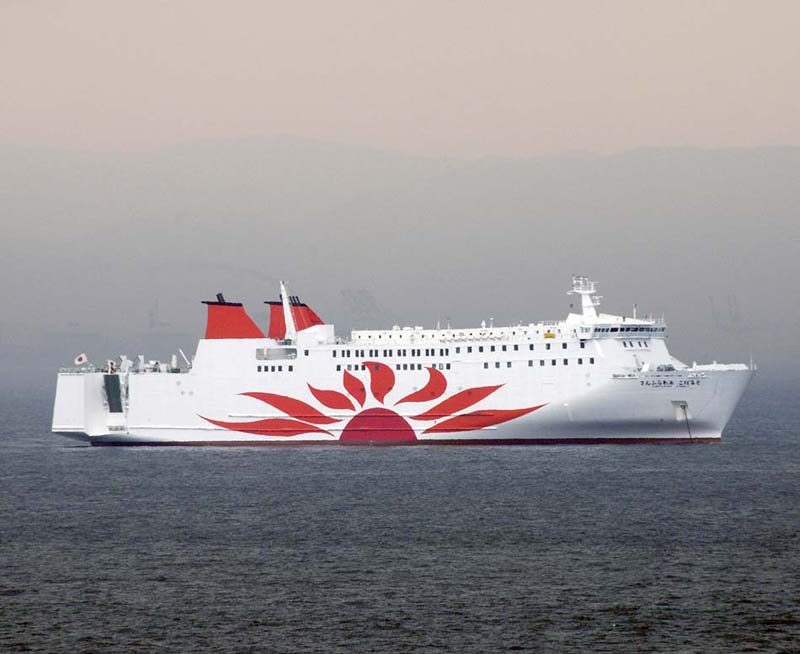
Japan emerged as a colonial power during the period from 1868 to 1912, and in 1894 rivalry for political influence in the Korean peninsula led to outright war between Japan and China, with Japan the victor much to the surprise of both China and many Western Powers. Japan annihilated the Russian fleet in 1904 in the Straits of Tsushima, with Japan also left firmly in control of Korea, which was made a Japanese protectorate under the terms of the Treaty of New Hampshire of 1905. Five years later, Japan annexed Korea.
Osaka declined in importance after the moving of the capital to Tokyo in 1868, and Osaka moved to become a commercial city and port, the year of 1868 taken as the founding of the port. Osaka was officially incorporated as a city in 1889, and in 1903 the 5th National Industrial Exposition was held in Osaka. The population of Osaka began to grow and during World War I, Japan was on the side of the Allies, and the Treaty of Versailles of 1919, concluded after the German surrender in 1918, gave Japan an expanded empire with a mandate over a group of Pacific islands, formerly German colonies. In 1925, Osaka was the largest city in Japan.
During World War II, the attack on Pearl Harbour was avenged by the U.S.A. after it fought its way across the Pacific island by island. At Okinawa, they were faced by a fanatical aggressor prepared to defend the approaches to the four main islands of Japan. Massive American losses in Army troops were predicted, and the American leadership chose the nuclear option to force the fanatical enemy into surrender. After the radioactive dust had settled, Osaka had also been levelled by American ‘Super Fortress’ bombers, losing one third of the city. Osaka had no option to rebuild the shattered city, and in 1951 it was designated as a major port. By 1970, it was host to the First Expo Exposition held in Asia. The Osaka International Convention Centre and the Tempozan Cruise Centre have restored Osaka to a position of international importance.
The Port Of Osaka
The port has expanded from its traditional base around the Ajigawa river to include much reclaimed land in ‘islands’ in Osaka Bay. These are extensive in area e.g. Sakishima (Nanko District) of 1,459 hectares, Yumeshima of 391 hectares, Maishima of 220 hectares and New Island District of 204 hectares. The total of the area of the Port of Osaka is now large at 1,979 hectares. Since its opening to foreign trade in 1868, Osaka based industry and trade began to increase the number of vessels arriving at the port, to a massive total of 22,000 vessels during 2017.
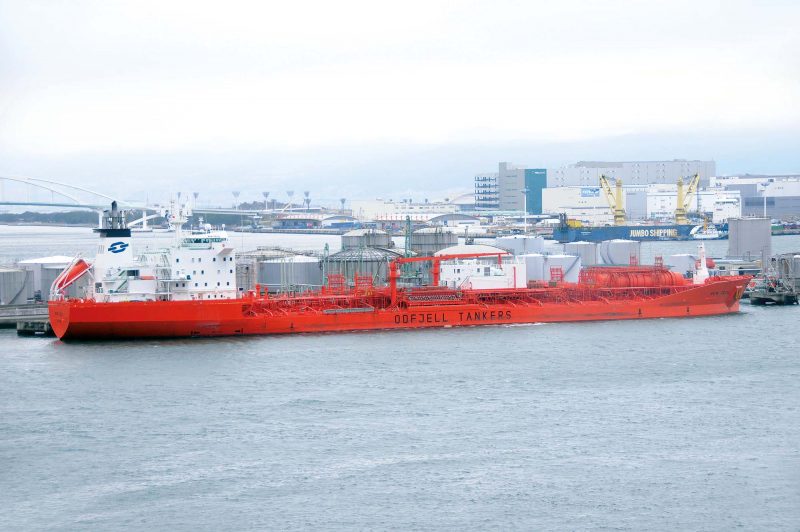
Cruise and Ferry Terminals
There is one cruise terminal and two ferry terminals. Ferries leave terminals in both Osaka and Kobe on regular services for Shanghai in China and Pusan in Korea. The Tempozan Cruise Terminal is located at the mouth of the Ajigawa river, and has a large Ferris Wheel and the Osaka Aquarium Kaiyukan and several other recreation facilities next to the cruise ship berth. The Hanshin Expressway Bridge is just upstream of the cruise berth, with the nearest airport being the Kansai International Airport, and three train stations nearby. The Tempozan Cruise Terminal is part of the Tempozan East Wharf and Tempozan West Wharf of a total of 580.0 metres in length with an alongside depth of 11.0 metres. This is also the departure point for shuttle boat services to the Universal Studios of Japan site, as well as for high speed ferries to Kobe and Shodoshima. The Tempozan Pier was originally completed in 1920 with oriental lamp posts to light the way of the pedestrian passengers. Cruise lines calling include Princess Cruises, Crystal Cruises, Royal Caribbean International (RCI), Regent Seven Seas Cruises, Oceania Cruises, Cunard Line, Holland America Line, Norwegian Cruise Line (NCL), Celebrity Cruises, Silversea Cruises, Seabourn Cruises, P. & O. Cruises and many more.
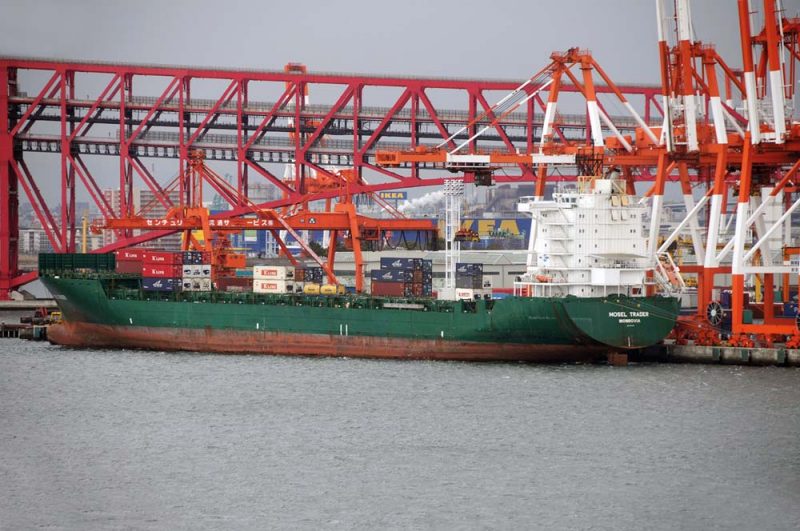
The Osaka Nanko Ferry Terminal and the Osaka Nanko Cosmo Ferry Terminal are among the largest and busiest ferry terminals in the country with nine ferry services destined for ports throughout Western Japan as well as services to Shanghai in China and Pusan in Korea. They carried 833,000 passengers and 524,000 cars in 2015 and represented 60% of the total domestic cargo of the Port of Osaka.
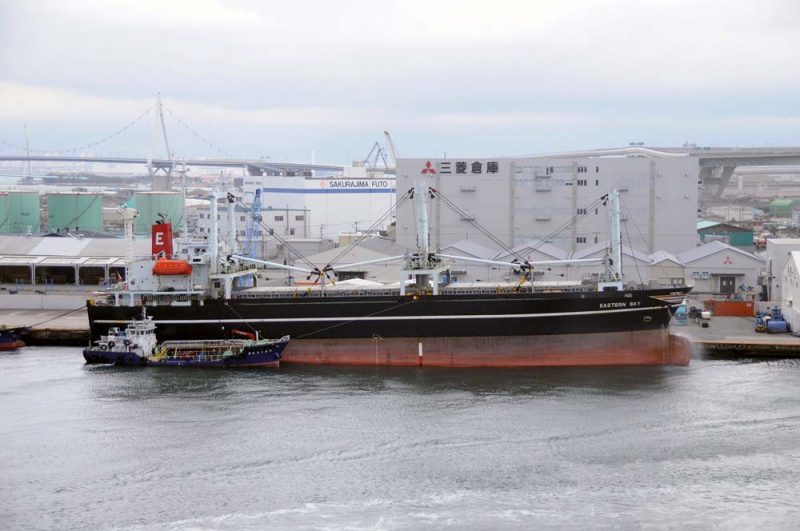

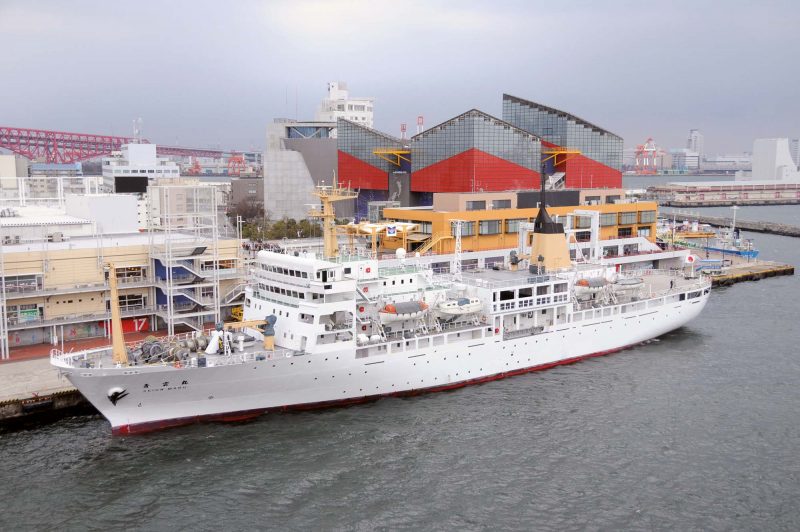
Container Terminals
In the Nanko District of Sakishima, containers are handled at six public berths and six exclusive container berths, as well as seven berths in the Hokko North District. The number of rail mounted gantry cranes in the port is large at 25 cranes, with the Nanko International Container Centre and the Osaka Port Integrated Cargo Centre working together to support shippers and ensure the efficient operations of the Port of Osaka. The Nanko International Container Centre covers a big area of 7.4 hectares with an additional 3.9 hectares of transit sheds and five hectares of open storage, while the Osaka Port Integrated Cargo Centre covers 8.5 hectares in area with dedicated offices to speed up the flow of containers in the port. The container ship berths in the port are:-
| Length | Depth | |
| C1 | 350.0 m | 13.5 m |
| C2 | 350.0 m | 13.5 m |
| C3 | 350.0 m | 13.5 m |
| C4 | 350.0 m | 13.5 m |
| C5 | 350.0 m | 14.0 m |
| C6 | 300.0 m | 12.0 m |
| C7 | 300.0 m | 12.0 m |
| C8 | 350.0 m | 13.0 m |
| C9 | 350.0 m | 14.0 m |
| C10 | 350.0 m | 15.0 m |
| C11 | 350.0 m | 15.0 m |
| C12 | 400.0 m | 16.0 m |
| C12 extension | 250.0 m | 16.0 m |
Liner Berths
These serve as collection points for general and containerised cargo, and have been in operation since 1977 for services to North America, China, South East Asia, Korea, Europe and other major ports. They are used by the Sumitomo Warehouse, Nissan Corporation, Kamigumi Co. Ltd, Tatsumi Shokai, Sankyu Lines, Mitsubishi Logistics, Shibusawa Warehouse, Nippon Express, Fujiwara Unyu and Tsukiboshi Logistics.
| Length | Depth | |
| L1 | 200.0 m | 10.0 m |
| L2 | 200.0 m | 10.0 m |
| L3 | 200.0 m | 10.0 m |
| L4 | 250.0 m | 10.0 m |
| L5 | 250.0 m | 10.0 m |
| L6 | 230.0 m | 10.0 m |
| L7 | 230.0 m | 10.0 m |
General Cargo and Bulk Wharves
The Port of Osaka contains a total of 124 berths with alongside depths of 5.5 metres up to 12.0 metres that handle non-containerised general and bulk cargoes.
These include:-
Umemachi Wharves with six berths of a total length of 720.0 metres, alongside depth of between 10.0 and 12.0 metres for handling cement, chemicals, steel and non-ferrous ores.
Hokko Wharves with two berths of a total length of 284.0 metres, alongside depth of between 7.5 and 10.0 metres for handling coke and non-metallic cargoes.
Ajikawa Wharves with North, West and South berths of a total length of 914.0 metres, alongside depth of 5.5 metres for handling wheat, paper, wood pulp, steel and chemicals cargoes.
Tuneyoshi Wharves for dredgers of a total length 360.0 metres, alongside depth of 5.5 metres, for handling sand and gravel.
Hokko Shiratsu Wharves with six berths of a total length of 1,110.0 metres, with alongside depths of between 7.5 and 10.0 metres for handling general cargoes.

Sekrajima Wharves with three berths of a total length of 535.0 metres, with alongside depth of 10.0 metres for handling steel and recycled cargoes.
Maishima Wharves in North Hokko District handle reefer cargoes, and ro-ro automobiles and construction machinery imports and exports.
Private Wharves of the Kuribayashi Steamship Lines, Sumitomo Corporation, Nakayama Steel Corporation, Century Service Co. Ltd., Tatsumi Shokai Corporation, Hanwa Co. Ltd., Osaka Steel Group Association, and Osaka Gas Co. Ltd. have a total of fourteen wharves with alongside depths of between 5.5 and 9.0 metres for handling cement, chemicals, steel, paper, wood pulp, automobiles, construction machinery and other cargoes.
Ro-Ro Auto Wharves with seven berths of a total length of 821.0 metres with alongside depths of between 5.5 and 7.5 metres for handling assembled vehicles.
Central Pier North Wharf with two berths of a total length of 210.0 metres, alongside depth of 11.0 metres, for handling steel cargoes.
The Port Of Kobe
The Port of Kobe is located in the Hyogo area of Kobe in the greater Osaka area at 34° 40′ North, 135° 12′ East, with an immediate hinterland behind the port of the Hanshin Industrial Region. The Port of Kobe was one of the first Japanese towns to have a foreign community of Western and Far Eastern foreigners in 1858 under the terms of the Treaty of Amity. The Rokko Mountains protect the rear of the port from winter storms, but there is no river flowing into the Port of Kobe, making dredging expensive to maintain the alongside depths. United States Army Forces continued to be based in Kobe after World War II for almost a further thirty years, not leaving until 1973, and there are still U.S. forces today in Okinawa in the Ryukyu Islands.
The Port of Kobe between 1973 and 1978 became the busiest container handling port in the world. Unfortunately, an earthquake measuring 7.3 on the Richter Scale in the early hours of 17th January 1995 changed all of this, with over 6,500 people dead, tens of thousands homeless, and the concrete aprons of its container terminals were pulverised into dust by the force of this Great Hanshin earthquake. The damage restoration bill worked out at $102.5 billion or 3% of the Japanese GDP at that time. Most of the losses were uninsured as only 3% of property in the Kobe area was covered by earthquake insurance. The earthquake came at the worst possible time as the Japanese economy had collapsed in the early 1990s.
Rebuilding of the Port of Kobe took some time as it was necessary to use National Government subsidies as loans were not forthcoming from banks, but today a total of 77 million tonnes of imports and exports are handled each year, not far off from its neighbour of the Port of Osaka. The Port of Kobe was once the busiest container port in Japan, but it has not regained that title as it is currently the fourth busiest container port. The harbours within Osaka Bay were integrated into a single unified Hanshin Harbour Authority under the port regulations of Japan of October 2014.
The Kobe Port Terminal Corporation (KPTC) constructs, maintains, and leases all of the port terminals. The offshore part of the port is similar to the Port of Osaka with offshore ‘islands’ e.g. Port Island built from landfill between 1966 and 1981 of 480 hectares and is nearest to the mainland of the Port of Kobe. Rokko Island of 595 hectares in area was completed during 1992/93, and the important Kobe Airport Island was completed from landfill after this, and joined the Port of Kobe Tower and the Maritime Museum as unusual shaped but colourful buildings. The Kobe Maritime Museum has a filigree roof and swooping white frameworks to its facade to signify waves.
Cruise and Ferry Terminals
The Port of Kobe has two terminals which are used exclusively by passenger ships, and another terminal used for ferries. The main Naka Pier Cruise Terminal was transformed from the former Naka Pier in January 2006 with the main berth of length 286.0 metres with alongside depth of 9.0 metres. The pyramidal cruise terminal building, which also functions as the Oriental Hotel, has full customs, immigration, boarding bridges with easy access for disabled passengers, and quarantine facilities for medium sized cruise liners up to 50,000 grt. The apron width is twenty metres and the tidal range in the port is only one metre, and opposite the cruise berth are the tourist attractions of the Harbourland – Meriken Park area with Ferris Wheels and amusement rides.
The Kobe Port Cruise Terminal has a total of six berths on both sides of Shinko Pier 4 with alongside depth of 12.0 metres on the East Side berths of length 649.0 metres, and West Side berths of length 589.0 metres. The Shinko Pier 4 thus juts a long way into Osaka Bay, with both the East Side and the West side used by cruise ships. Cruise ships of up to 150,000 grt are handled with Kobe a ‘turnaround port’ able to handle ships with four thousand passengers. There are three mobile boarding bridges and an apron width on both side of the pier of 15.0 metres. The Kobe Port Liner train service links the pier to the centre of Kobe in only five minutes.
Cruise ships are met on arrival by fireboat sprays from the outer bay to the terminal, where a formal welcome ceremony is conducted onboard ship. This includes an introduction to Japanese culture with several performances of dancing, drumming, playing of harps, and martial arts e.g. karate. The international passenger is encouraged to learn about Japanese religion and culture by visits to temples during their short stay.
The Port of Kobe Rokko Island Ferry Terminal has three berths for:-
Ferry Sunflower Line having a 4.35 acre terminal for services to Oita using the ferry Sunflower Gold 11,178/2007.
Hankyu Ferry Company having a 6.23 acre terminal for services to Shin-Moji using the sisters Izumi and Hibiki 15,897/2015 and Yamato and Tsukushi 13,353/2003.
Shikoku Kaibastu Ferry Company (Orange Ferry) having a 5.67 acre terminal for services to Nihama and Toyo, with two new sisters of 15,000gt arriving in 2018 as Orange 7 and Orange 8 for the Osaka to Toyo route.
There are fast access routes from Rokko Island into the centre of Kobe. The services to Shikoku Island, Kyushu Island, Amami Island and Okinawa leave on a daily basis. Ferry Sunflower Line changed their terminal in Kobe on 31st January 2017 to Terminal 1, Osaka Side Terminal for Beppu, and Terminal 2, Osaka Side Terminal for Shibushi (Kagoshima).
Container Terminals
The Port of Kobe has an annual container throughput of over 2.0 million TEU per annum, with containers speeded through the Minatojima Tunnel of innovative design from Port Island to the Shinko Higashi Wharf on the mainland. Port Island has six container terminals:-
| Berth | Area (hectares) | Length (metres) |
| PC13 | 12.9 | 350.0 |
| PC14 | 12.3 | 350.0 |
| PC15 | 12.9 | 350.0 |
| PC16 | 12.9 | 350.0 |
| PC17 | 12.3 | 350.0 |
| PC18 | 16.3 | 400.0 |
The Rokko Island container port has six container terminals:-
| Berth | Area (hectares) | Length (metres) |
| RC2 | 12.3 | 350.0 |
| RC3 | 12.3 | 350.0 |
| RC4 | 24.5 | 530.0 |
| RC5 | 12.3 | 350.0 |
| RC6 | 12.3 | 350.0 |
| RC7 | 12.3 | 350.0 |
The container lines calling at both of the Ports of Kobe and Osaka include Maersk Line, MSC, Mitsui-OSK Lines, Evergreen, Hapag, Hamburg Sud, Dongjin, Interasia, FESCO, EAS, Ningbo Ocean, Sinotrans, HASCO, Pan Ocean, Heung-A, OOCL, ‘K’ Line, MOL, NYK, Westwood Canadian, COSCO, ANL, Sankyu Lines, Kyowa, Swire Shipping, APL, Yang Ming, Cheng Lie, MCC Transport, Wan Hai Lines, SITC, T.S. Lines, Nippon Corporation and Mitsubishi Corporation.
Hanjin Shipping began a new trunk route service from the Port of Osaka for North West American Coast ports, with Hanjin Rio de Janeiro sailing from C1 terminal on 2nd July 2016. However, Hanjin Shipping filed for receivership at the end of the following month. The company was declared bankrupt and defunct on 17th February 2017 after forty years of trading, and caused a realignment of the world’s major container lines.
Liner Berths
Fifteen useful breakbulk and bulk wharves, all of 200.0 metres in length with alongside depth of 10.0 metres, serve as collection points for general cargo e.g. rice, and containers containing industrial machinery, steel and automotive parts. These warehouse facilities are on Port Island with notation ‘PL’ and are:-
| PL1 | Kamigumi Co. Ltd. |
| PL2 | Nippon Express Co. Ltd. |
| PL3 | Shibusawa Warehouse Co. Ltd. |
| PL4 | Kamigumi Co. Ltd. |
| PL5 | Tatsumi Shokai Co. Ltd. |
| PL6 | Sumitomo Warehouse Co. Ltd. |
| PL7 | Omori Kaisoten Co. Ltd. |
| PL8 | Nissin Corporation |
| PL9 | Taiyo Unyu Co. Ltd. |
| PL10 | Shinwa Ltd |
| PL11 | Nissan Corporation |
| PL12 | Nickel & Lyons Ltd. |
| PL13 | Nissan Corporation |
| PL14 | Sankyu Inc |
| PL15 | Tradia Corporation |
The warehouses on these berths vary between 4,400 to 5,600 m2 in area out of a total area of around five acres for each company. Rice is a major export of both Osaka and Kobe, and their general cargo wharves need good sized warehouses to store this major staple crop of Japan as well as other commodities.
Service Frequency from Osaka and Kobe Ports
Global Container Network
| No. of Routes | Freq/Month | |
| China | 31 | 136 |
| South East Asia | 31 | 128 |
| Korea | 11 | 64 |
| Oceania | 9 | 26 |
| N.W. America Coast | 7 | 24 |
| N.E. America Coast | 1 | 4 |
| N.E. America/Med. | 1 | 4 |
| Europe/Med. | 1 | 4 |
| Africa | 1 | 4 |
| Russia | 1 | 2 |
Coastal Ferry Network
| (Freq/week) | |
| Honshu Inland Sea | 28 |
| Shin-Moji | 21 |
| Toyo, Nihama (Shikoku) | 13 |
| Okinawa | 9 |
| Shibushi (Kyushu) | 7 |
| Miyazaki (Kyushu) | 7 |
| Beppu (Kyushu) | 7 |
| Oita (Kyushu) | 7 |
Coastal Container Feeder Network
| (Freq/week) | |
| Honshu Inland Sea | 42 |
| Kyushu ports | 30 |
| Shikoku ports | 15 |
| Yokohama | 5 |
| Himeji | 3 |
| Nagoya | 2 |
| Tokyo | 1 |
| Wakayama | 1 |
| Chita | 1 |
| Hamamatsu | 1 |
Postscript
Japan has no fewer than six thousand islands in a long chain stretching for two thousand miles, although there are only four big islands including the main island of Honshu, where Osaka and Kobe are situated on Osaka Bay. The Kii Channel runs into the Inland Sea of Japan between the Island of Shikoku and the coast of Honshu. Modern Japanese society is a patriarchal society with the culture of ‘one company’ very prevalent among young men, who would prefer to work for the same large company for all of their working lives, many of these companies are present in both Osaka and Kobe.
The Port of Osaka is celebrating its 150th anniversary in 2018 of its founding on 15th July 1868, and celebrations were already underway in late 2017. Events of this celebration include the commemorative ceremony and reception of city officials to praise the achievements of their ancestors and extend their gratitude to them, commemorative symposium, Port of Osaka Festival with cruises around the bay including a sail training ship open to the public, and yacht, cutter and dinghy racing, and many events for children including painting and other events. A Port of Osaka 150th Anniversary logo has been especially designed, and the public relations poster of the events features a large Ferris Wheel and was designed by Akane Kitano of Osaka City Kogei Senior High School.
The official Coat of Arms of the City of Osaka features a shield with a golden anchor on the upper part, green Gingko leaves in the middle, and a golden double masted Japanese sailing ship flying red ensigns and sailing over silver waves. Two mythical beasts stand on either side of the shield, with the Osaka City Hall belfry set upon a red and gold wreath at the top.
In October 2014 the Ports of Osaka and Kobe were integrated into the Kobe-Osaka International Port Corporation, known as Hanshin Port Authority. The integrated ports are a gateport and superport hub for Western Japan, and have many port facilities, a skilled and plentiful workforce, and efficient links to their cities and large commercial corporations.
There are good transport links including the Shinkansen Bullet Train running at the very high speed of 320 kilometres per hour down from Tokyo, and future development of both of these industrious ports will include more reclaimed ‘islands in the bay’.

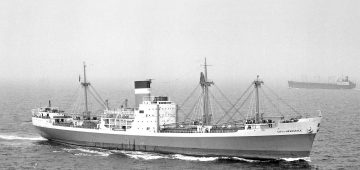



Comments
Sorry, comments are closed for this item